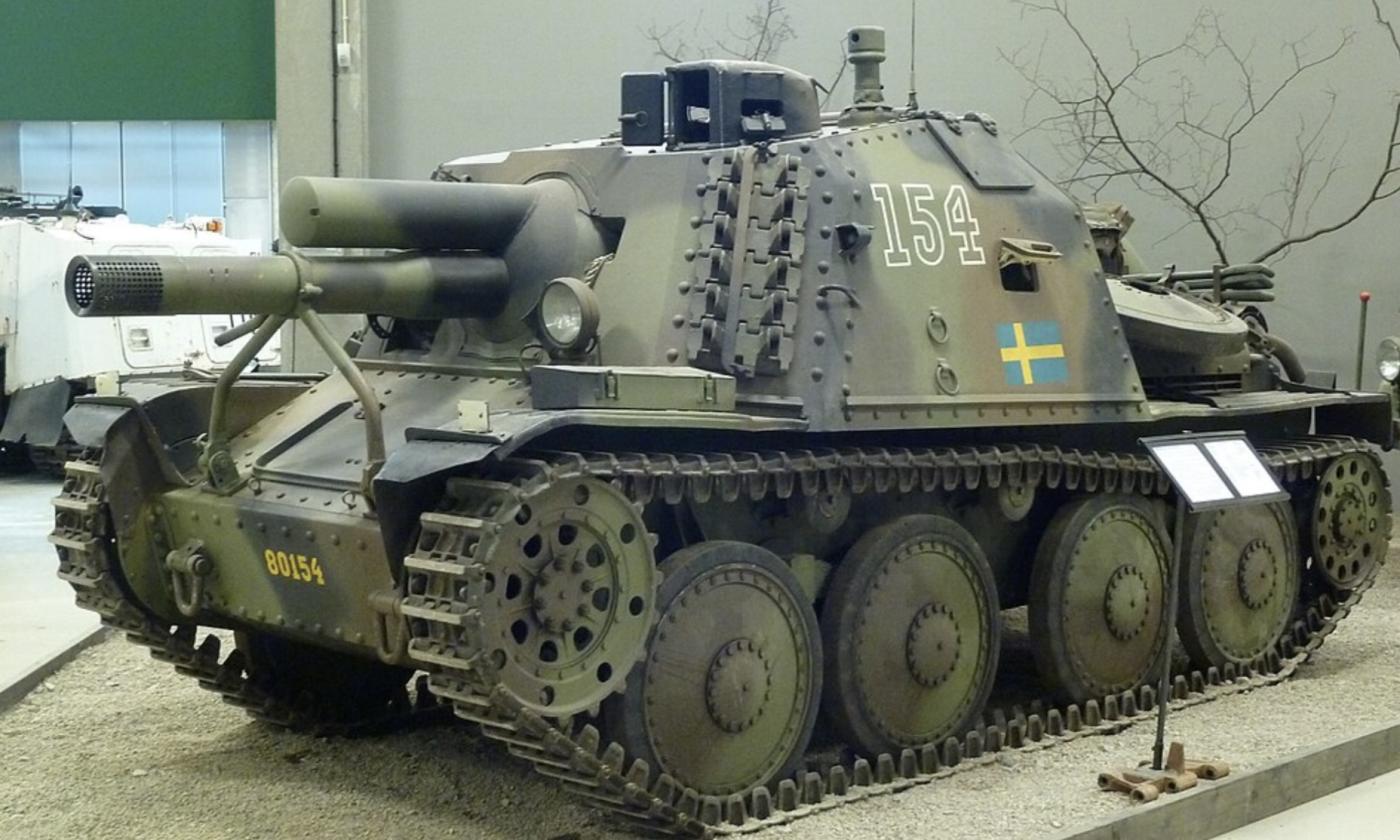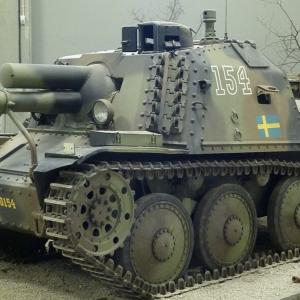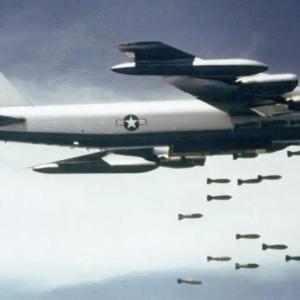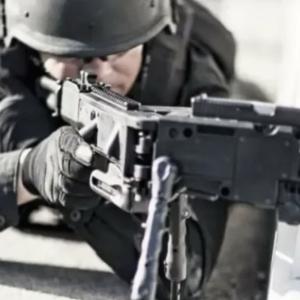
Stormartillerivagn Tank
Sweden’s Stormartillerivagn m/43, often shortened to Sav m/43, was a small but distinctive part of Swedish Second World War armoured vehicle development. Although Sweden was neutral, the country still prepared seriously for the possibility of invasion, and the Sav m/43 was born from this defensive urgency. The vehicle was basically a turretless assault gun built on the chassis of the Stridsvagn m/41, which itself was Sweden’s licence-built version of the Czech TNH light tank design. Instead of investing time designing a brand-new hull, Sweden took something it already had in production and adapted it to carry a heavier gun in a fixed casemate. It was practical, conservative Swedish engineering at its best.
Design and production were handled by Swedish industry with Scania-Vabis as the main builder. A total of 36 examples were completed between 1944 and 1947. The first 18 were built on hulls already in production, and the next 18 were completed as purpose-built assault guns. They came too late to fire shots in the Second World War, but they served for decades afterwards and remained in service into the early 1970s. First they were assigned to artillery units to give infantry powerful mobile close-support, and later they were reorganised into assault gun companies within armoured brigades.
The original armament was a short 75 mm Bofors gun which was effective against field positions and light armour, but in 1946 almost all Sav m/43s were refitted with a much more powerful Bofors 105 mm gun. That upgrade completely changed its punch. With the 105 mm, the Sav had a devastating high-explosive capability which made it very dangerous against bunkers, strongpoints and concentrated infantry. Its armour was sensibly distributed: thickest at the front, up to about 50 mm in the most critical areas, and thinner on the sides and rear. It was not intended for aggressive flanking manoeuvres or brawling in the open; it worked best when positioned to use its strong front plate and heavy gun in a planned direction of fire.
Its mobility reflected its light tank origins. Weighing roughly 12–13 tonnes, powered by the existing Scania-Vabis six-cylinder petrol engine via a five-speed gearbox, it could reach a bit over 40 km/h on roads. The crew of four worked in a reasonably roomy casemate compartment. The low silhouette made it a good ambusher and a small target to hit.
Because of the way it looked, people sometimes compare the Sav m/43 to German casemate tank destroyers such as the Marder series or more commonly the Hetzer. It is not a direct copy of any of them, but it is true that it belongs to the same general family of wartime design thinking: take a small, proven chassis, get rid of the turret, and fit a gun far bigger than that small chassis would normally carry. The result is a compact, economical assault gun with a surprising punch.










